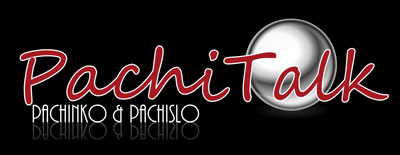The following is some info on parts relating to these machines. The most common part needing to be replaced on these is going to be the various types of light bulbs. A given machine can have several types of lights or all may be the same. The most common bulbs utilized are known as "T 1&3/4" type. These are very small and have two fine wires extending from the base of the bulb. These do not have a bayonet or screw base although these types are made. These wires then extend through the bottom of a silicone socket and the excess is bent up along the sides. The bulb and socket assembly then friction fits over two short metal prongs extending from a circuit board.
The best way to find the right type for a given machine is to use a multimeter to get the specs required. Too high of a voltage will result in a dim light and too low will get hot. In my opinion, the factory bulbs are barely bright enough in a well-lit room. Unfortunately using bulbs rated for a lower voltage may be brighter, but will rapidly heat up. Particularly if the machine is left with matrix and/or score bulbs on. I have seen melted plastic matrix covers, charred circuit boards, and fried silicon sockets from people putting in the wrong bulb.
Here are some specs for several bulbs:
2162-14V@.1A
2174-12V@.04A
2176-24V@.05A
2181-6.3V@.2A
2182-14V@.08
2187-28V@.04A
There are also "regular" light bulbs that some arrange balls use in conjunction with the above mini bulbs. They may be bayonet or screw base and are typically used for the low token lights and general lighting. One most commonly used is the 1897 bulb and can be found at radio shack. In the future I will have a sticky on LED conversion. LEDs vastly outperform the factory bulbs while emitting the original color light. They also give off little to no heat. More on that later.
All of these can be found at bulb supply stores online and also eBay. It pays to search as there is a wide price variation. The silicone sockets frequently must be replaced and I've only seen them for sale on YJA. With shipping I paid 50-75 cents apiece for them . That's pricey for what they are but cheap overall in context with the cost and shipping of the machine. However, wire insulation can be used in lieu of the sockets. See pic below.
These machines all use a transformer that supplies the various voltages needed by the machine. The original voltage going into the transformer was 100V but I've had no issues running my machines on US current. I do however use a step-down transformer these days to bring the incoming current down to the original spec.
Transformers are cheap and easy to be found. Hopefully the machine still has a transformer with all the specs written on it. If not, sometimes the specs are written on the circuit boards themselves but this will require someone who knows what they're doing to correctly find and wire in a new power source.
Missing or damaged circuit boards can be fixed and replaced, it just comes down to how much the owner is willing to spend. The old circuit board components are cheap as are their modern equivalents, it's just the skilled labor that's expensive. Missing plastic and decorative parts can be reproduced with casting resin as long as an original can be found for the master mold. I've done this for a few parts and makes an exact copy of the original.
Another "part" so to speak are the coins used to play. It's enough to say that just about any coin can be made to work. There are various devices within each machine to regulate the size of the coin. Some control the size by means of a small, sliding metal gate that can be adjusted up or down in the coin entry slot. That is common on Satomi machines. Another common way is to cause the coin to tilt at at angle after it is inserted. This way, the coin's top edge slides along an adjustable bar that if set low enough, allows the coin to continue it's journey into the machine. Any coins too short will simply roll down another slot and back out to the front of the machine in the coin return slot.
Pic is of solution for replacing the silicone lamp sockets.






 Reply With Quote
Reply With Quote


